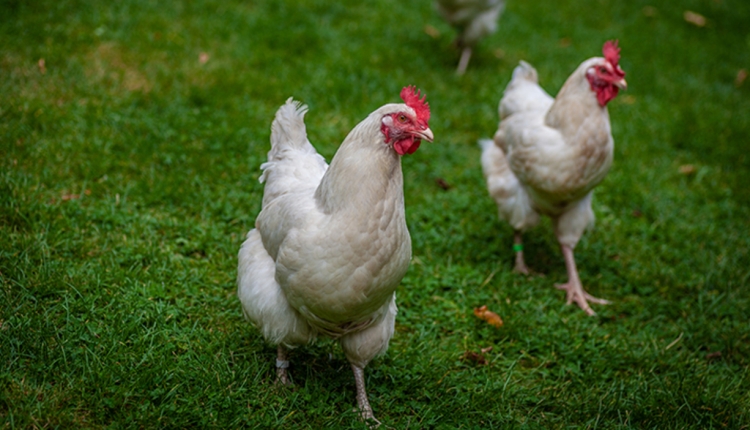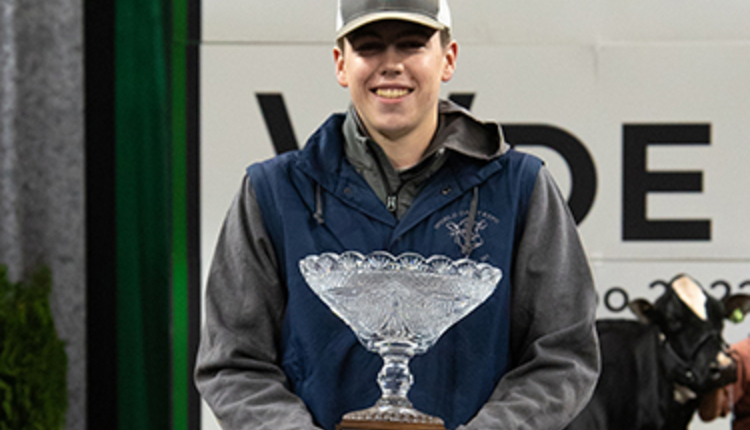On Friday June 15, the Council on Dairy Cattle Breeding released its road map for operational and financial aspects of how U.S. genetic evaluations might be carried out once USDA takes a step back from providing this service. The five-page Business Plan discusses governance, data flow and collection, as well as future fees to fund the system. The initial budget is projected to be $1.153 million and it will expand to $1.84 million by the third year.
As breeders review the Business Plan for the first time, you will want to turn to Page 5. It is the chart most breeders will want to review quite carefully. It contains the fees (surcharges) above and beyond the current genomic test costs to obtain information gathered on your animal's genomic evaluations. The proposed fee schedule rewards those who contribute data to the system, while it charges higher fees to those who do not participate in production data collection or breed-sponsored programs such as classification which are essential to calibrate the entire system. It also places the largest cost center on males which are projected to account for nearly 80 percent of the fees collected.
For breeders who have waited nearly five years to get information on your bulls, you can test them for $20 and receive a one-time evaluation. If you find a blue-chipper, and wish to receive continual updates, then you must pay $800 for that privilege. On the flip side, breeders should be able to recapture that expanded fee from semen sales. As stated earlier, all fees move upward on a sliding scale as a participant contributes less data to the system.
There are also other important aspects that warrant careful review. Some include:
Click here for five-page plan
Click here for summary
Since the Council on Dairy Cattle Breeding has no website, comments can be emailed to one of the nine voting members . . . or the four Council on Dairy Cattle Breeding officers. For your convenience, Hoard's Dairyman will also accept comments and distribute them to all the leaders.
As breeders review the Business Plan for the first time, you will want to turn to Page 5. It is the chart most breeders will want to review quite carefully. It contains the fees (surcharges) above and beyond the current genomic test costs to obtain information gathered on your animal's genomic evaluations. The proposed fee schedule rewards those who contribute data to the system, while it charges higher fees to those who do not participate in production data collection or breed-sponsored programs such as classification which are essential to calibrate the entire system. It also places the largest cost center on males which are projected to account for nearly 80 percent of the fees collected.
For breeders who have waited nearly five years to get information on your bulls, you can test them for $20 and receive a one-time evaluation. If you find a blue-chipper, and wish to receive continual updates, then you must pay $800 for that privilege. On the flip side, breeders should be able to recapture that expanded fee from semen sales. As stated earlier, all fees move upward on a sliding scale as a participant contributes less data to the system.
There are also other important aspects that warrant careful review. Some include:
- The fees are subject to change based on the number of tests run (fees collected from those tests) and expenses to conduct genetic evaluations.
- The number of voting members for the Council on Dairy Cattle Breeding expands from 9 to 12 with a system to further expand the group to 14 (Page 1).
- It creates a provision to expand the number of nominators (a role currently handled by A.I. and breed associations) for genomic tests. (The nominators are important because they also collect the fees.)
- It provides a mechanism to continue Material License Agreements with individual organizations and protect data confidentiality. In addition, a provision has been added that seeks independent review of breed association type data.
Click here for five-page plan
Click here for summary
Since the Council on Dairy Cattle Breeding has no website, comments can be emailed to one of the nine voting members . . . or the four Council on Dairy Cattle Breeding officers. For your convenience, Hoard's Dairyman will also accept comments and distribute them to all the leaders.








